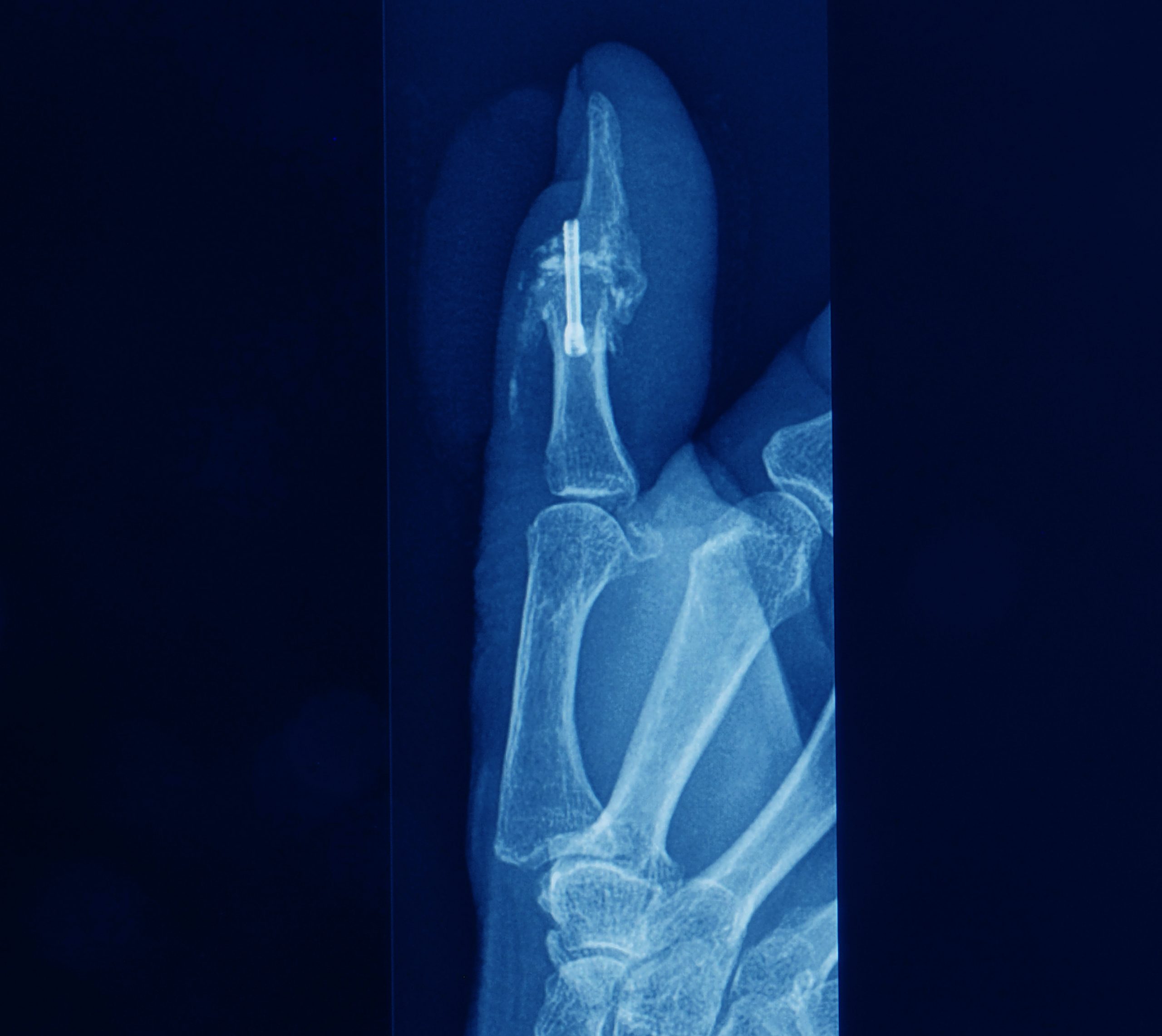
When is small joint fusion necessary?
A joint fusion is exactly what it sounds like – it’s a procedure that holds the two ends of bone in place at the joint and allows them to fuse together. The result is that the bones in the joint are permanently held in the same position. Joint fusions are frequently performed at small joints for a number of reasons, which we’ll be discussing in this article.
Small joint fusion procedures
Joint fusion surgery typically begins with a small incision at the back side of the joint. This is typically guided with X-rays, although L3D Osteotomy Planning can be used to great effect here as well. This technology creates 3D models of patient anatomical structures, which allows surgeons to plan procedures with absolute precision. This can be crucial in reducing risk of damage to surrounding soft tissues during orthopaedic surgeries.
Ligaments are carefully moved to either side of the joint in preparation for open reduction and internal fixation. An expert surgeon can then remove damaged pieces of bone and cartilage at the joint, allowing the bone ends to be brough together. Connective hardware is applied to hold the bones in position and allow them to fuse together. Fixation can be achieved through a combination of orthopaedic devices, such as arthrodesis screws and plates. Bone grafts may be needed to replace sections of bone before fusion, although this will depend on the condition of the bones at the joint.
Why perform small joint fusions?
One of the most common reasons to recommend a joint fusion is in patients suffering from complications due to osteoarthritis. Here, small joint fusions in particular see regular use as the condition tends to affect smaller joints that are used more often (hand and wrist). For instance, those experiencing carpometacarpal joint pain. Alongside arthritis symptoms, any disease that causes a degradation in bone stock can be a cause for joint fusions.
Oftentimes, small joint fusions are recommended once other procedures have proven ineffective for the patient. Fortunately, there are orthopaedic implants which have been specifically designed for finger joint replacements. These are the DIGITALIS MCP and DIGITALIS PIP respectively, both supplied by BRM Extremities.
Patient recovery from joint fusion
In most cases, it takes 4-6 weeks for a patient to make a full recovery from a small joint fusion. During this time, it is recommended that they apply a splint and/or strapping to the affected area to limit movement. However, recovery time may be extended by various factors relating to the patient or the kinds of activities they wish to return to. For instance, if the patient’s job involves lifting heavy objects it could best to recommend 6-8 weeks before they return to work. This helps to avoid the main complication which can arise from the procedure – bones failing to fuse. In these cases, additional surgery might be required to achieve permanent fusion. Although through the application proper fixation devices and orthopaedic expertise, this should not be necessary.
Leaders in orthopaedic solutions
At LEDA orthopaedics, we are proud to be at the forefront of patient care through providing solutions to ongoing bone conditions. We partner with distributors of orthopaedic devices, systems, and instrumentation from around the world to bring innovation and quality to the operating theatre. Contact us directly through our website to discuss how we can help advance the industry.